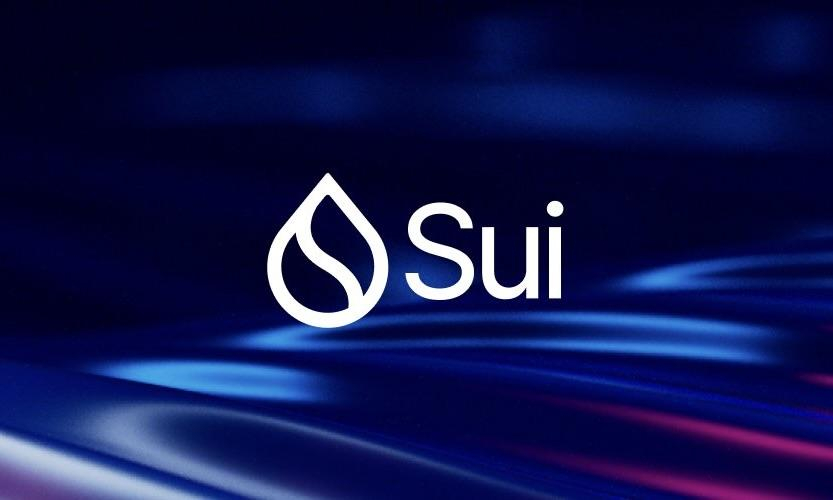ZKsync, the Ethereum layer-2 scaling network, is planning a major shift for its native $ZK token — moving it from a simple governance instrument to a utility token with tangible economic value. The new proposal, titled “From Governance to Utility: ZK Token Proposal, Part I,” was unveiled by ZKsync creator Alex Gluchowski and shared with the project’s community earlier this week.
The proposal envisions a system where network activity and enterprise licensing fees directly fuel the $ZK token’s economy. Instead of $ZK being used solely for governance, the token would now be tied to real-world network functions — creating a circular economy that rewards usage, promotes growth, and strengthens community participation.
According to the document, ZKsync’s rapidly expanding ecosystem — which includes modular chains, private “Prividium” networks, and the Elastic chain interoperability layer — demands an evolved token model. “The ZK token began as a tool for governance,” Gluchowski wrote. “Through governance, it can now become the heartbeat of an incorruptible economy.”
Two main revenue streams will power this transformation. The first comes from on-chain interoperability fees paid when users transfer assets or messages across ZKsync’s rollups. The second source will be off-chain enterprise licensing fees from businesses utilizing ZKsync’s tools for compliance, reporting, and infrastructure.
All collected revenues would feed into a governance-controlled system that buys back $ZK tokens from the market. Those repurchased tokens would then be distributed through three key channels — token burning to reduce supply, staking rewards for validators, and ecosystem funding for developers and public goods.
While the community awaits further details on fee structures and buyback schedules, this proposal marks a pivotal evolution for ZKsync, aiming to transform $ZK into a self-sustaining token that drives both network utility and long-term value.

























Comment 0